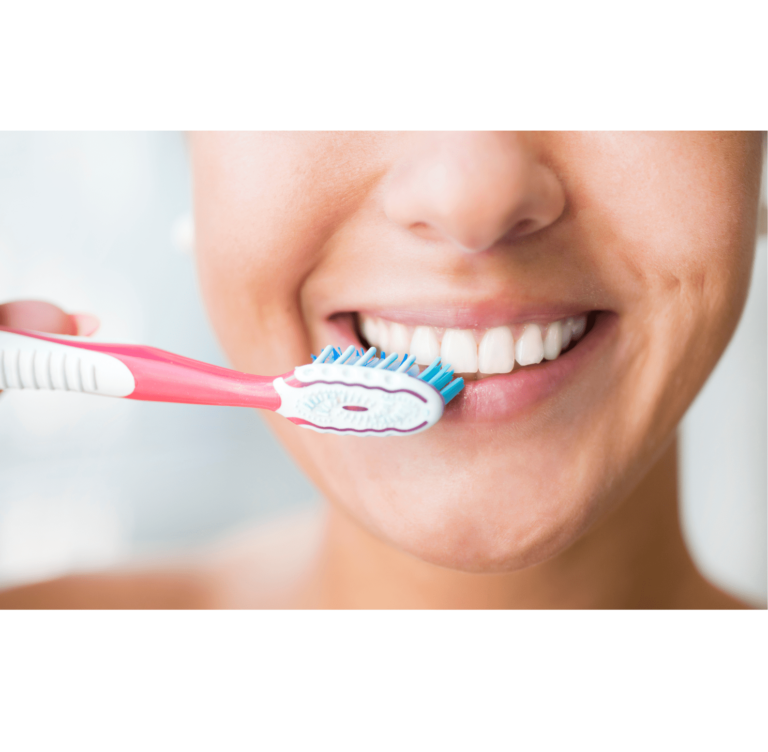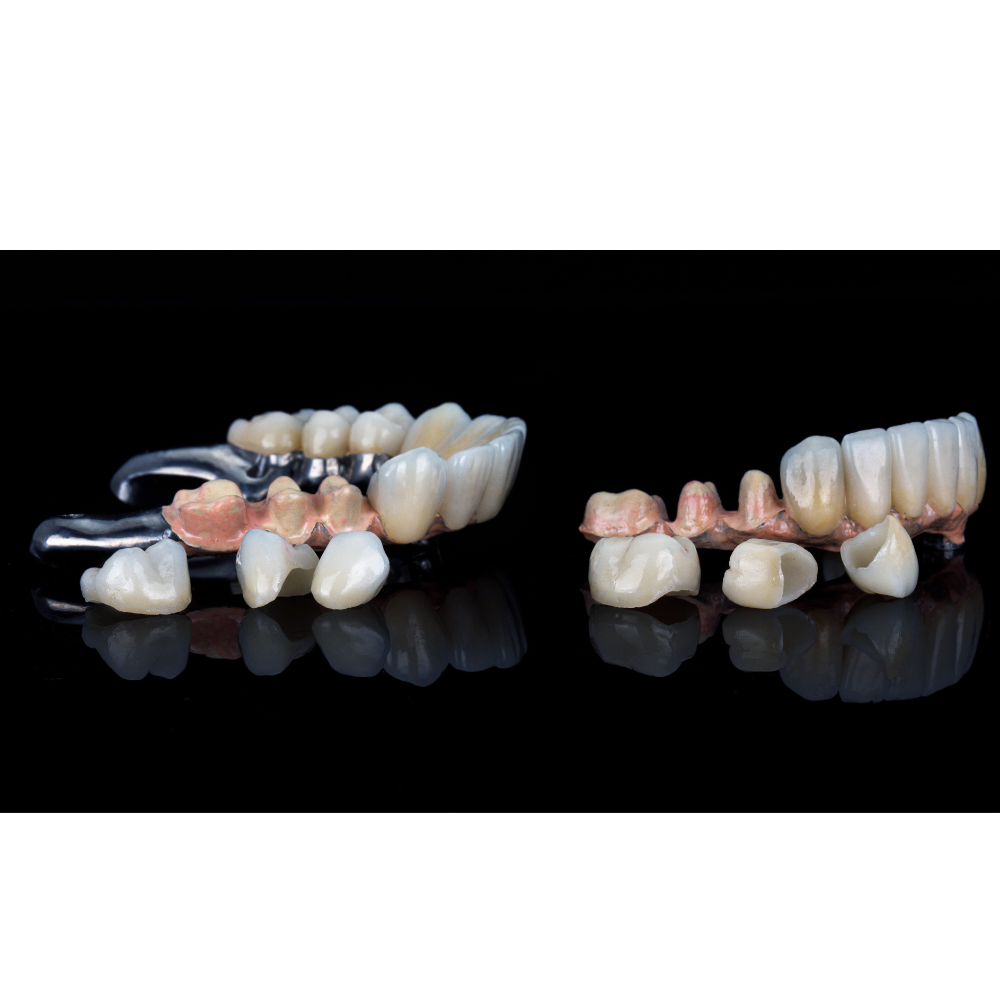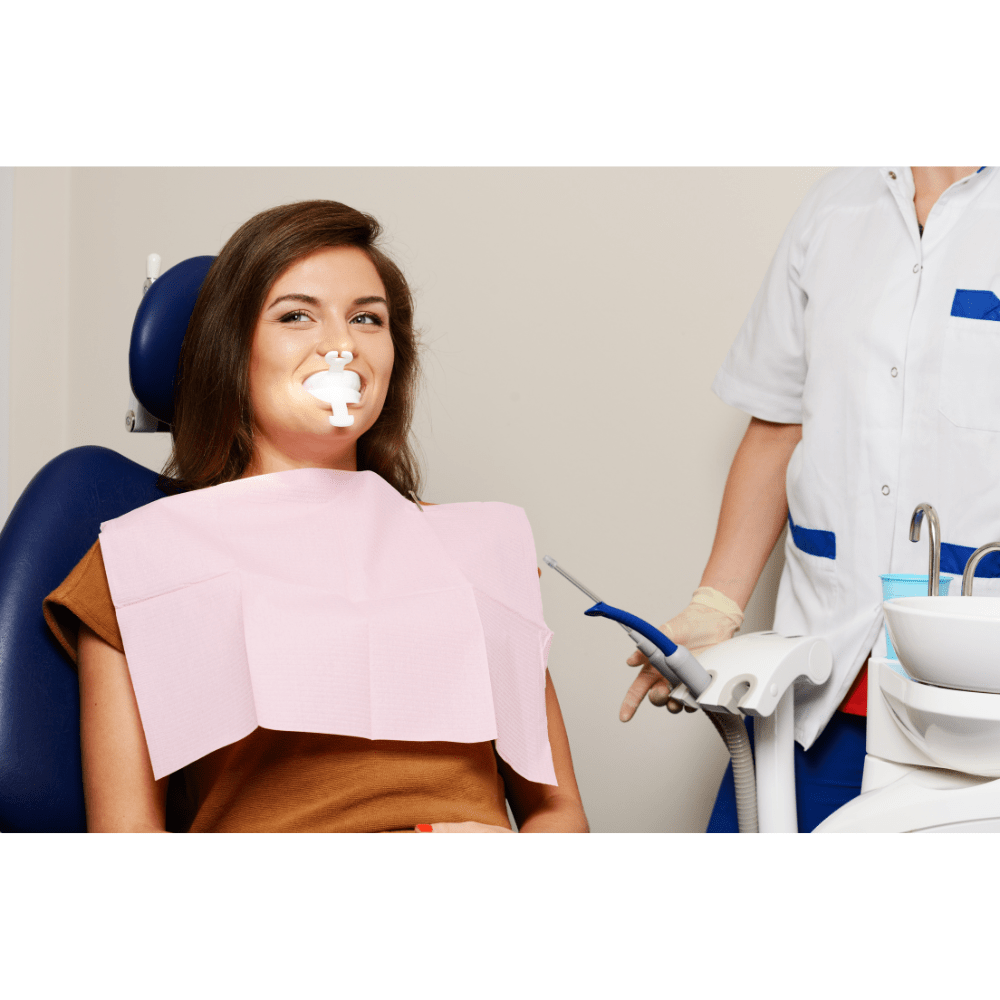How to Brush Teeth With Gum Recession | Brushing Technique
When you are experiencing gum recession, your brushing technique must be specifically designed to address it. Brushing teeth with gum recession demands a tailored approach and a balanced effective plaque removal with gentle care to prevent further irritation or damage to your sensitive gum tissues.
With proper brushing techniques and a deep understanding of how to prevent gum recession, you can maintain your dental health and improve your overall well-being. So let’s first talk about the main causes of gum recession.
What Are the Causes of the Gum Recession
Below are the main causes of gum recession which contributes to the gradual loss of gum tissue and exposure to the delicate roots of the teeth:
Bruxism:
Bruxism can exert excessive pressure on the teeth surrounding tissues and the gums. Over time, this repetitive force contributes to gum recession and other dental problems.
Tobacco Use:
The harmful chemicals in tobacco products restrict blood flow to the gums which increases the risk of gum recession.
Harsh Brushing:
Overbrushing teeth with excessive force or using a hard-bristled toothbrush can disintegrate the gum tissue and contribute to recession.
Poor Oral Hygiene:
One of the main reasons for the buildup of plaque and tartar along the gumline is improper flossing and rare brushing. With time this causes inflammation and eventual recession of the gums.
Genetic Predisposition:
Some individuals may have a genetic predisposition to gum recession which makes them more susceptible to developing this condition.
Periodontal Disease:
Advanced periodontal diseases, such as gum disease and periodontitis cause significant damage to the gums and supporting structures of the teeth. As the infection progresses, it can lead to gum recession, bone loss, and possible tooth loss if left untreated.
How to Brush Teeth With Gum Recession
Here’s a step-by-step procedure for brushing your teeth with gum recession:
Apply Toothpaste:
To avoid further irritation to sensitive gum tissues, select a toothbrush with soft bristles. Place a pea-sized amount of fluoride toothpaste on the toothbrush.
Hold the Toothbrush Properly:
Hold the toothbrush at a 45-degree angle to the gums and point it toward the gumline. This angle allows the bristles to gently clean along the gumline and remove plaque without causing abrasion.
Do Gentle Circular Motions:
With gentle pressure, move the toothbrush in small circular motions along the gumline. Avoid scrubbing back and forth forcefully, as this can further irritate the gums and contribute to recession.
Focus on Each Tooth:
Brush each tooth individually and ensure that you clean the front, back, and chewing surfaces thoroughly. Give particular attention to areas where the gum has receded, as these areas are more inclined to plaque buildup and gum decay. Focusing on a thorough brushing will help you to stop gum decay and remove plaque.
Brush the Tongue and Roof of the Mouth:
After brushing your teeth, delicately brush the tongue and the roof of the mouth to eliminate bacteria and refresh your breath.
Rinse Thoroughly:
Rinse your mouth with water to eliminate any remaining toothpaste and debris. Gargle the water around your mouth for about 30 seconds before spitting it out.
Consider Using an Interdental Brush or Floss:
In addition to brushing, consider using an interdental brush or floss to clean between the teeth and along the gumline. These tools can help remove plaque and food particles that may be difficult to reach with a toothbrush alone.
Symptoms of Gum Recession
Here are the common symptoms of gum recession:
- Changes in tooth alignment.
- Redness, swelling, or inflammation of the gums.
- Visible tooth roots.
- Longer-looking teeth.
- Bleeding Gums.
- Bad breath.
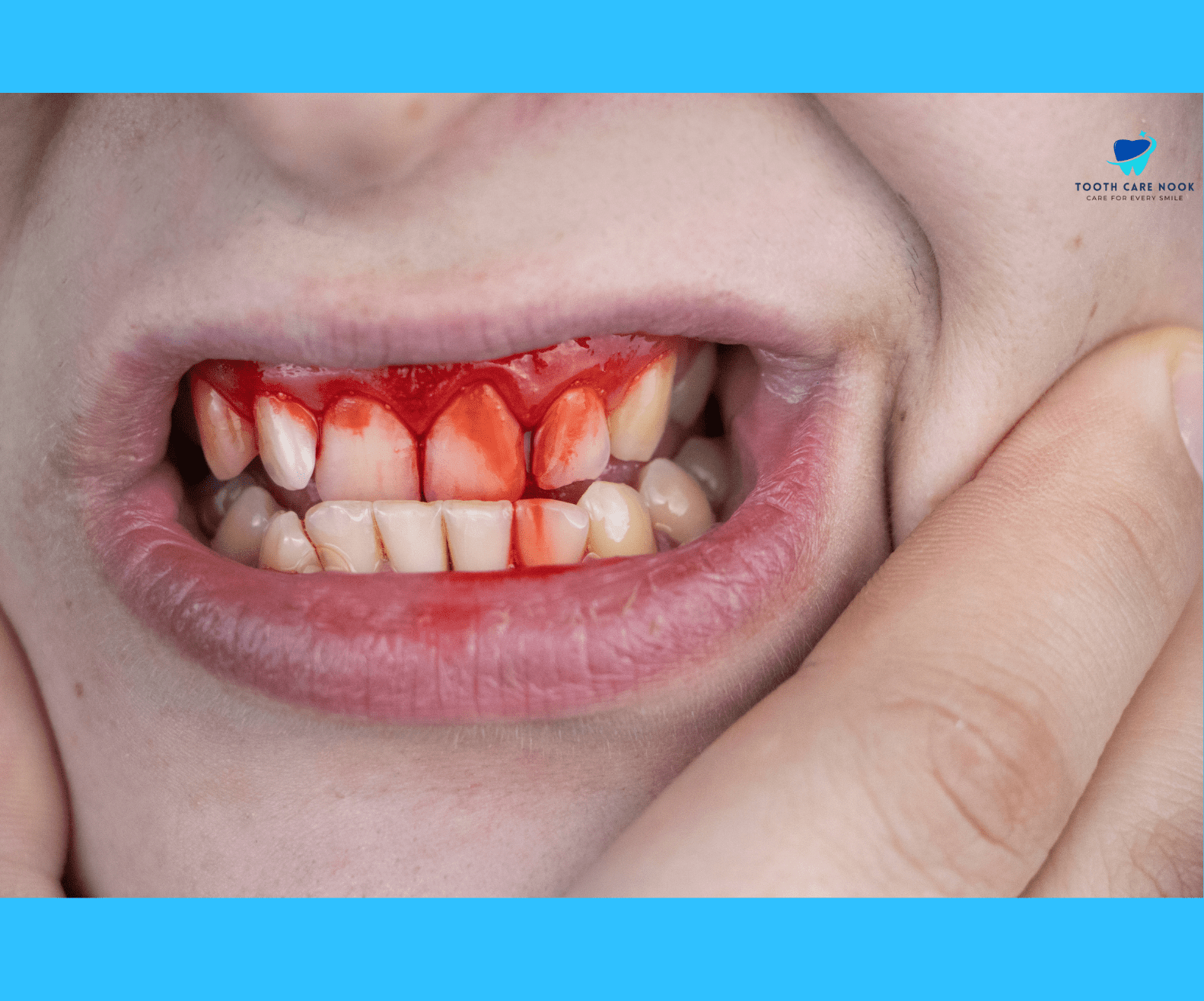
What Gum Recession or Decay Can Do to You
The following are potential consequences of gum recession:
- Exposed tooth roots are more susceptible to decay, as they lack the protective enamel covering present on the crowns of the teeth.
- Gum recession exposes the tooth roots which leads to heightened sensitivity to hot, cold, sweet, or acidic foods and beverages.
- Exposed tooth roots appear darker or more discolored than the rest of your tooth due to their composition and increased susceptibility to staining.
- It can lead to infection of the tooth’s pulp chamber.
- It also results in tooth loss if the supporting structures become compromised beyond repair.
Ways to Prevent Gum Recession
Following are some ways to prevent gum recession:
Use a Gum Stimulator:
Introduce a gum stimulator into your oral hygiene routine. It will help you improve blood circulation in the gums, which can promote gum tissue health and reduce the risk of recession.
Stay Hydrated:
A lot of water intake will help you maintain saliva production, which plays a crucial role in rinsing away food particles and bacteria that can contribute to gum disease and recession. Must aim to drink at least eight glasses of water per day to keep your gums hydrated and healthy.
Limit Acidic Foods and Beverages:
Acidic foods and drinks can erode your tooth enamel and irritate the gums which contributes to gum recession. Limiting the consumption of acidic items like citrus fruits, sodas, and vinegar-based dressings can help protect your gums.
Maintain Proper Bite Alignment:
Bite misalignment or malocclusion can contribute to uneven pressure on the gums which leads to recession in specific areas. Proper check-ups can help you identify and address bite issues before they cause significant gum problems.
Eat Gum-Healthy Foods:
Foods rich in nutrients like vitamin E, such as nuts and seeds, can support gum health and reduce inflammation. Adding these foods to your diet can provide you additional protection against gum recession.
Take a Balanced Diet:
A diet rich in vitamins and nutrients like vitamin C and calcium supports healthy gums and overall oral health. Avoiding sugary snacks and beverages also helps you prevent plaque buildup and reduce the risk of gum disease.
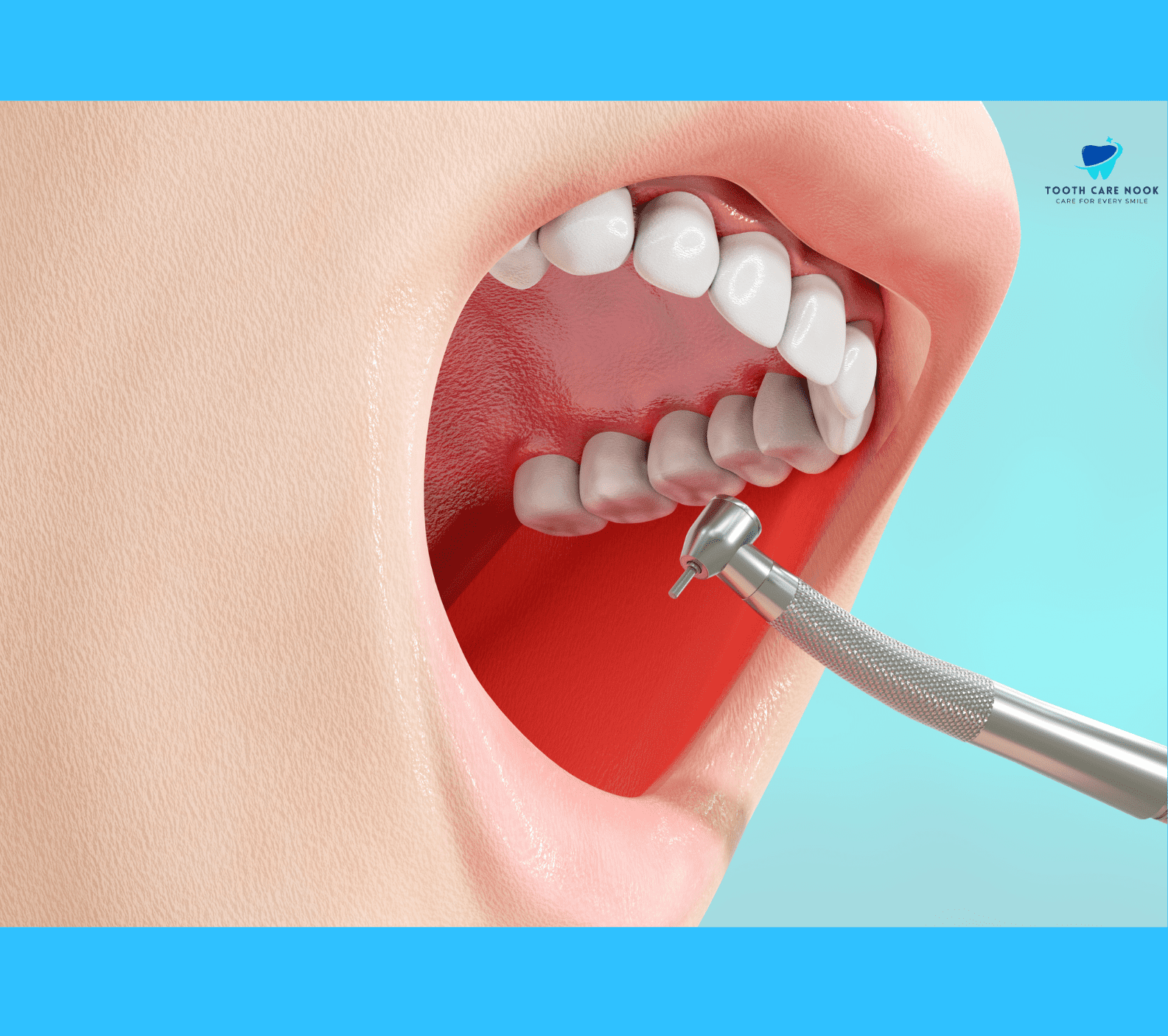
FAQs
Can you brush your gums?
Yes, you can brush your gums, but it is important to do it gently and with the right technique. Brushing your gums helps remove plaque and bacteria that can contribute to gum disease and gum recession.
Can brushing too hard cause receding gums?
Yes, brushing too hard can cause receding gums. Forceful brushing with excessive force or using a hard-bristled toothbrush can damage your delicate gum tissues.
Does flossing help receding gums?
Yes, flossing can help you to prevent further progression of receding gums. Flossing removes plaque and food particles from between the teeth and along the gumline, where toothbrush bristles cannot reach. It helps prevent gum disease which is a common cause of gum recession, by effectively removing this plaque buildup.
Does salt water help with receding gums?
Yes, saltwater rinses can help alleviate symptoms associated with receding gums, such as inflammation and irritation. However, they do not directly address the underlying cause of gum recession. Salt water has natural antibacterial properties that can help reduce bacteria in your mouth. It also helps soothe sore gums and provides temporary relief from discomfort.
Is gum recession normal?
A significant or rapid recession is not normal which includes issues such as gum disease, aggressive brushing habits, or misaligned teeth. While some degree of gum recession is normal in many individuals, especially when they are aging.

